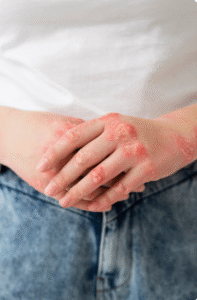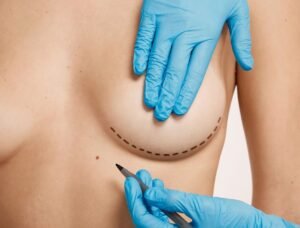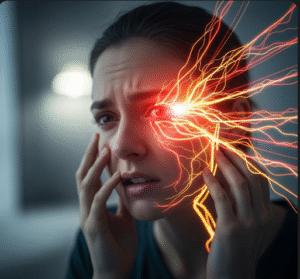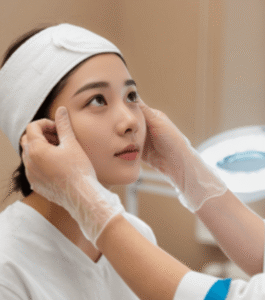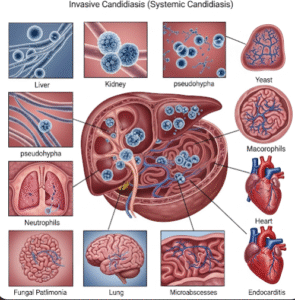What it is
Heel fissure treatment in Korea is a medical and cosmetic care program for repairing deep cracks in the heels, which occur when dry, thickened skin (calluses) splits under pressure.
Heel fissures can be painful, bleed, or even lead to infection if untreated. They are common in people who stand for long hours, wear open-back shoes, or have conditions such as eczema, psoriasis, or diabetes.
→ In Korea, heel fissure treatment combines medical-grade debridement, moisturizing therapy, protective dressings, and preventive skincare.
• Treatments are available in dermatology clinics, podiatry centers, and medical spas.
• The focus is on healing cracks, restoring skin softness, and preventing recurrence.
Why it’s done
Patients in Korea seek heel fissure treatment for:
→ Pain relief → Cracks can cause discomfort when walking or standing.
→ Infection prevention → Open fissures increase the risk of bacterial or fungal infections.
→ Aesthetic improvement → Smooth, healthy heels improve confidence in footwear.
→ Improved mobility → Severe fissures can make walking difficult.
→ Long-term skin health → Proper treatment prevents chronic cracking and scarring.
Alternatives
Other methods outside of professional treatment include:
• Over-the-counter heel balms → Urea, lactic acid, or salicylic acid creams.
• Home soaks → Warm water with Epsom salts or oils to soften cracks.
• Moisturizing socks → Lock in hydration overnight.
• Pumice stone exfoliation → Gentle callus smoothing at home.
→ While these help mild fissures, Korean professional care is safer and faster for deep, painful cracks.
Preparation
Before undergoing heel fissure treatment in Korea, preparation may include:
- Medical evaluation → Dermatologist or podiatrist checks fissure depth and infection signs.
- Foot hygiene → Patients are advised to keep feet clean and dry before treatment.
- Diabetes screening → Important, as diabetic patients require specialized foot care.
- Lifestyle review → Shoe habits, standing time, and skincare routines are discussed.
→ Korean clinics prioritize preventive education along with treatment.
How it’s done
Heel fissure treatments in Korea usually involve a stepwise approach:
- Cleansing and soaking
- Warm antiseptic soaks soften calluses and reduce infection risk.
- Debridement
- Thickened, dead skin around fissures is gently removed with sterile instruments.
- This relieves pressure and allows cracks to heal.
- Moisturizing therapy
- Medical-grade emollients with urea, glycerin, or shea butter are applied deeply.
- Protective dressings
- Hydrocolloid or silicone dressings cover cracks to promote healing.
- Adjunctive treatments
- Laser therapy → Stimulates healing and reduces inflammation.
- LED light therapy → Enhances regeneration and comfort.
- Maintenance routine
- Daily heel balm use, regular exfoliation, and proper footwear are prescribed.
→ A single session provides relief, but severe cases may need 2–3 follow-ups.
Recovery
Recovery from heel fissure treatment in Korea is usually quick:
• Pain relief → Most patients feel improvement immediately after debridement.
• Healing time → Shallow fissures heal in 1–2 weeks; deeper ones may take 3–4 weeks.
• Daily care → Moisturizing twice a day is critical for long-term results.
• Activity adjustment → Patients are advised to avoid barefoot walking and harsh friction.
→ With consistent care, heels remain smooth, hydrated, and crack-free.
Complication
If untreated or poorly managed, heel fissures may lead to:
- Infection → Redness, swelling, or pus from open cracks.
- Bleeding → From deep fissures under pressure.
- Chronic pain → Walking discomfort over time.
- Keloid or hypertrophic scarring → Rare, but possible in recurring deep fissures.
- Diabetic foot complications → In at-risk patients, fissures can lead to ulcers.
→ Korean clinics minimize these risks with sterile care and preventive aftercare plans.
Treatment option in Korea
Korea offers advanced heel fissure care programs:
→ Dermatology and podiatry centers → Provide safe debridement and medical-grade hydration.
→ Medical spas → Combine peeling, masks, and massage for aesthetic results.
• Customized creams → Many Korean clinics prescribe urea-based or ceramide-rich balms.
• Technology integration → Laser and LED therapies accelerate healing.
• Medical tourism → Patients from abroad often seek heel care in Korea due to its combination of medical precision and spa-like comfort.
→ With its blend of dermatology, podiatry, and advanced skincare, heel fissure treatment in Korea not only repairs cracks but ensures long-term prevention and healthier, smoother feet.




